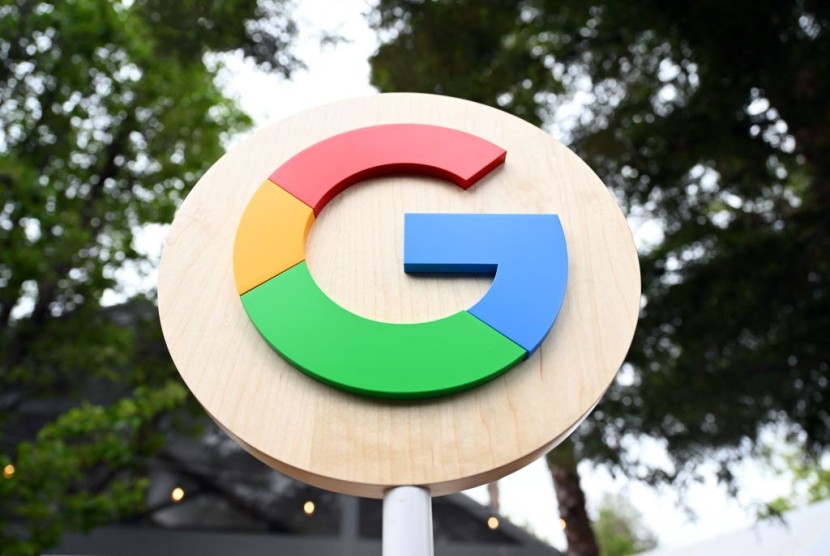
Google is moving forward to advance its capabilities with artificial intelligence, including efforts for a generative AI-powered search engine.
The tech giant has been rolling out this new form of search since May after industry observers questioned the company's future prominence in providing its consumers with information. The concerns arose after the rise of OpenAI's query-answering chatbot, ChatGPT.
Google's New Generative AI-Powered Search
The company's new product is called Search Generative Experience (SGE) which makes use of AI to create summaries in response to some search queries. These are those that are triggered by whether or not Google's system determines the format would be helpful to users. The summaries would then appear on the top of the Google search homepage.
With the new technology, publishers must use the same tool that would prevent them from appearing in Google search results if they want to prevent their content from being used by the company's AI in generating the summaries, as per Reuters.
For example, searching for "Who is Jon Fosse," the recent Nobel Prize in Literature winner, generates three paragraphs on the individual as well as on his work. There would also be drop-down buttons that provide links to Fosse content on Wikipedia, NPR, The New York Times, and several other websites.
Google previously said that the AI-generated overviews are synthesized from several web pages and that the links provided are designed to be a jumping-off point to learn more about the topic. The company also describes SGE as an opt-in experiment for users, helping it evolve and improve the product.
The new search tool is seen as the latest red flag for publishers in a decades-long relationship in which they have both struggled to compete against Google when it comes to online advertising and have been forced to rely on the tech giant for search traffic.
The tech giant's new product would also allow users to create images directly from the search bar. Users would simply need to provide a detailed description of the image that they want to get, according to Softonic.
Read Also: NVIDIA Boosts AI Performance Using TensorRT
Creating Images With Artificial Intelligence
Additionally, the results from this process can be refined at a later date by making adjustments to the description that was provided. SGE is currently only available for use to a few users and Google is aware that there is a risk of unethical uses of the technology. The company said that it would censor any content that does not adhere to its policies.
The use of the new AI product is expected to completely change how users interact with various systems, including Google Images. This would mean that when a user decides to search for a specific image, the artificial intelligence will show them generations based on the context of their search.
The situation comes as OpenAI reportedly discussed and debated when it would release a tool that can determine whether or not an image was created using DALL-E 3. However, the startup is not yet close to making a final decision on the matter.
OpenAI researcher Sandhini Agarwal said that the accuracy of the classifier tool is "really good," but it has not yet met the company's threshold for quality. She said that there were concerns that they could put out a tool that was somewhat unreliable, said TechCrunch.








